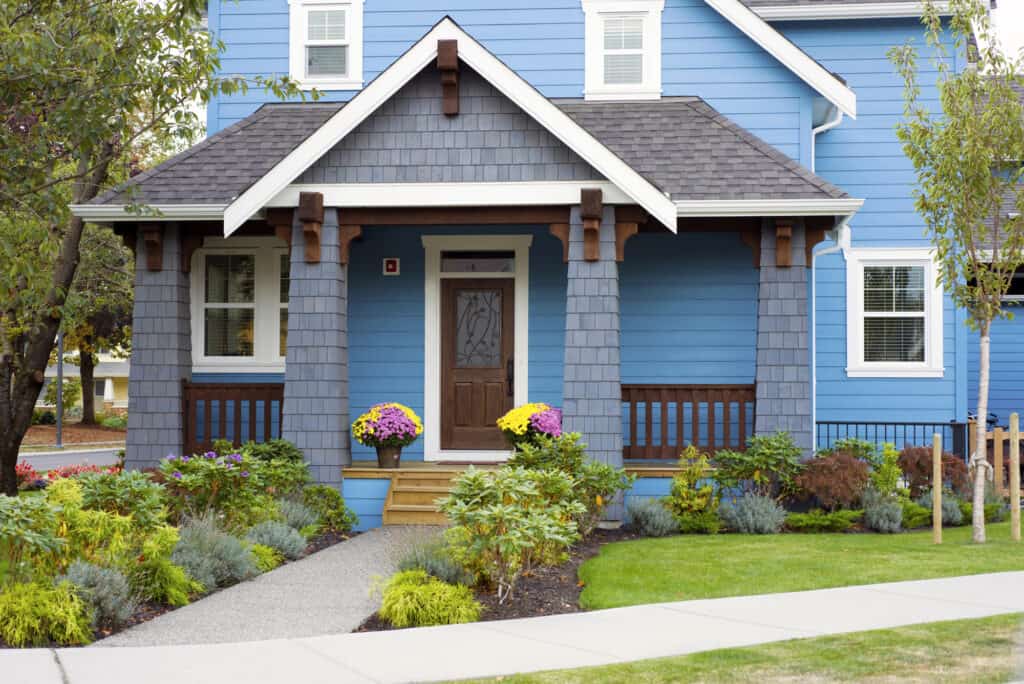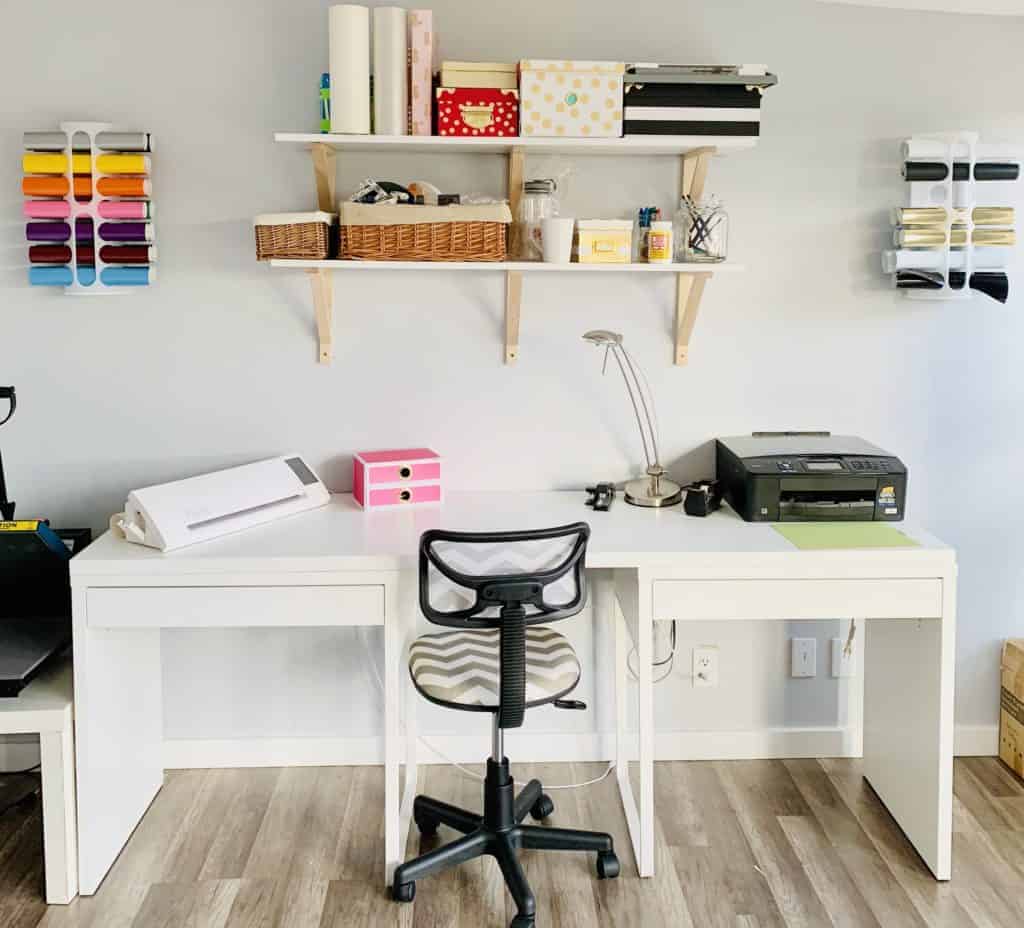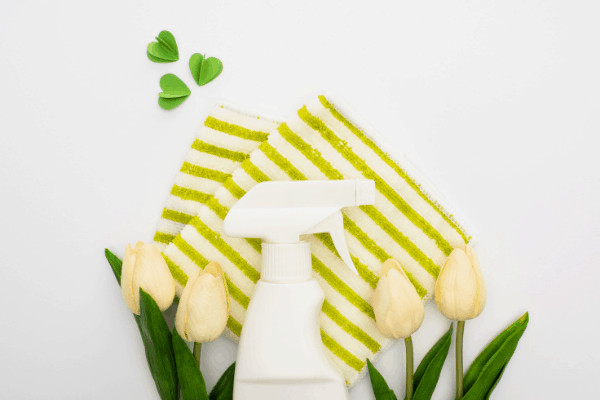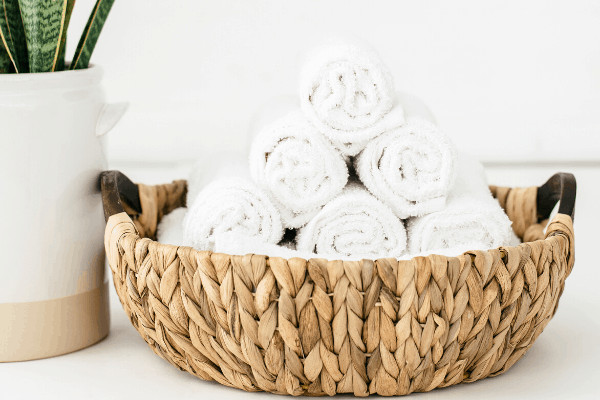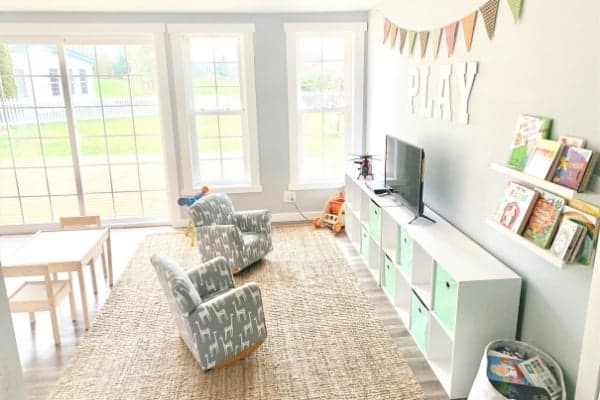Homeowners in Pittsburgh know how unpredictable the weather can be. From heavy snowfalls to intense summer heat, homes in this region take a beating. While many people focus on maintaining their roof or landscaping, siding often gets overlooked. Yet, siding is one of the first lines of defense for your home. If it’s showing signs of wear, you might be due for an update. Catching the signs early can save you from expensive repairs later on.
So, how do you know it’s time to replace your siding? Let’s take a look at some of the clear indicators.
1. Visible Damage and Wear
The most obvious sign that it’s time to replace your siding is visible damage. If you notice cracks, warping, or panels coming loose, that’s a clear indication something’s wrong. Over time, siding can get damaged by the weather, debris, or natural aging. Damaged siding looks bad and can also expose your home to the elements, leading to more serious issues like water damage or structural problems.
You might be tempted to ignore small cracks or warping, but these can quickly lead to bigger problems if left unaddressed. Moisture can seep behind cracked siding and cause mold, rot, or even structural damage to your home. Instead of patching up the problem every few months, consider a full replacement to give your home the protection it needs.
If you’re unsure about the severity of the damage, it’s worth reaching out to a Pittsburgh siding replacement company for an inspection. A professional can assess the condition of your siding and offer a long-term solution that saves you money and stress.
2. High Energy Bills
Another sign that your siding may be failing is a sudden spike in your energy bills. Siding plays a crucial role in insulating your home. When it’s no longer doing its job, you’ll notice your heating and cooling systems working harder to maintain comfortable temperatures inside. This can result in noticeably higher energy bills, especially during Pittsburgh’s cold winters and hot summers.
Siding acts as a barrier, helping to keep the cold air out in the winter and the hot air out in the summer. When that barrier weakens, it’s harder to regulate your home’s temperature, which puts more strain on your HVAC system. If you notice that your energy bills have been rising for no apparent reason, your siding could be the culprit.
Replacing old or damaged siding can improve your home’s energy efficiency. Modern siding materials come with better insulation properties, helping you reduce those monthly energy costs. It’s a home improvement project that can pay for itself over time through lower utility bills.
3. Frequent Need for Maintenance
Are you constantly repairing or repainting your siding? If it seems like you’re always fixing something, it might be time for a replacement. Older siding, especially wood or older vinyl, requires regular upkeep to keep it looking good and functioning properly. But if those repairs are becoming more frequent, the siding is likely nearing the end of its life.
Newer siding materials, like fiber cement or high-quality vinyl, are designed to be low-maintenance. They resist the elements better and retain their appearance for much longer than older materials. Instead of spending time and money on constant touch-ups, a full replacement could free you from the cycle of repairs.
Plus, when you replace your siding, you can choose from modern, durable materials that require far less maintenance. Many of these options come with warranties that give you peace of mind for years to come.
4. Mold, Mildew, and Fungus
If you see mold, mildew, or fungus growing on your siding, it’s a sign of moisture buildup. This could indicate that water is getting trapped behind the siding, which can lead to serious issues. Mold and mildew not only affect the look of your home but can also pose health risks, especially if they start spreading to the interior of your home.
Moisture buildup behind your siding can lead to rot, which weakens the structure of your home. Left untreated, this can become a costly problem to fix. It’s important to address any signs of mold or mildew as soon as possible.
Replacing your siding can prevent further moisture damage and help keep your home dry and safe. Many modern siding materials are designed to resist moisture, reducing the risk of mold and mildew in the future.
5. Fading or Discoloration
While it might seem like a cosmetic issue, fading or discoloration is another sign that it’s time to replace your siding. Over time, exposure to sunlight and harsh weather can cause your siding to lose its color. When the color fades significantly, it’s a sign that the siding is no longer protecting your home as well as it should.
Siding is treated to resist sun damage and other environmental factors, but that protection only lasts so long. Once the color starts to fade, the material itself may also deteriorate. Faded siding might not be able to properly protect your home from moisture, wind, or other environmental threats.
Replacing your siding restores your home’s curb appeal and ensures that your home is well-protected. Newer siding materials come in a wide range of colors that last much longer and can withstand Pittsburgh’s varying climate conditions.
6. Interior Wall Damage
Damage to your interior walls could also be a sign that your siding is failing. If you notice peeling paint, bubbling wallpaper, or moisture spots on your interior walls, it could be due to water getting through the damaged siding. When siding no longer forms a proper seal around your home, moisture can find its way inside and cause interior damage.
Fixing interior damage without addressing the underlying siding issue is only a temporary solution. Replacing your siding will stop water from getting inside and also prevent future interior repairs. Your home will stay dry and protected, inside and out.
When it comes to home maintenance, it’s easy to overlook your siding, but staying on top of its condition can save you a lot of trouble in the long run. Visible damage, rising energy bills, frequent repairs, mold growth, fading, and interior wall damage are all signs that your siding may need to be replaced.
Don’t wait until the problem gets worse. If you suspect your siding needs attention, it’s a good idea to get in touch with professionals who can assess the situation and recommend the best course of action.

